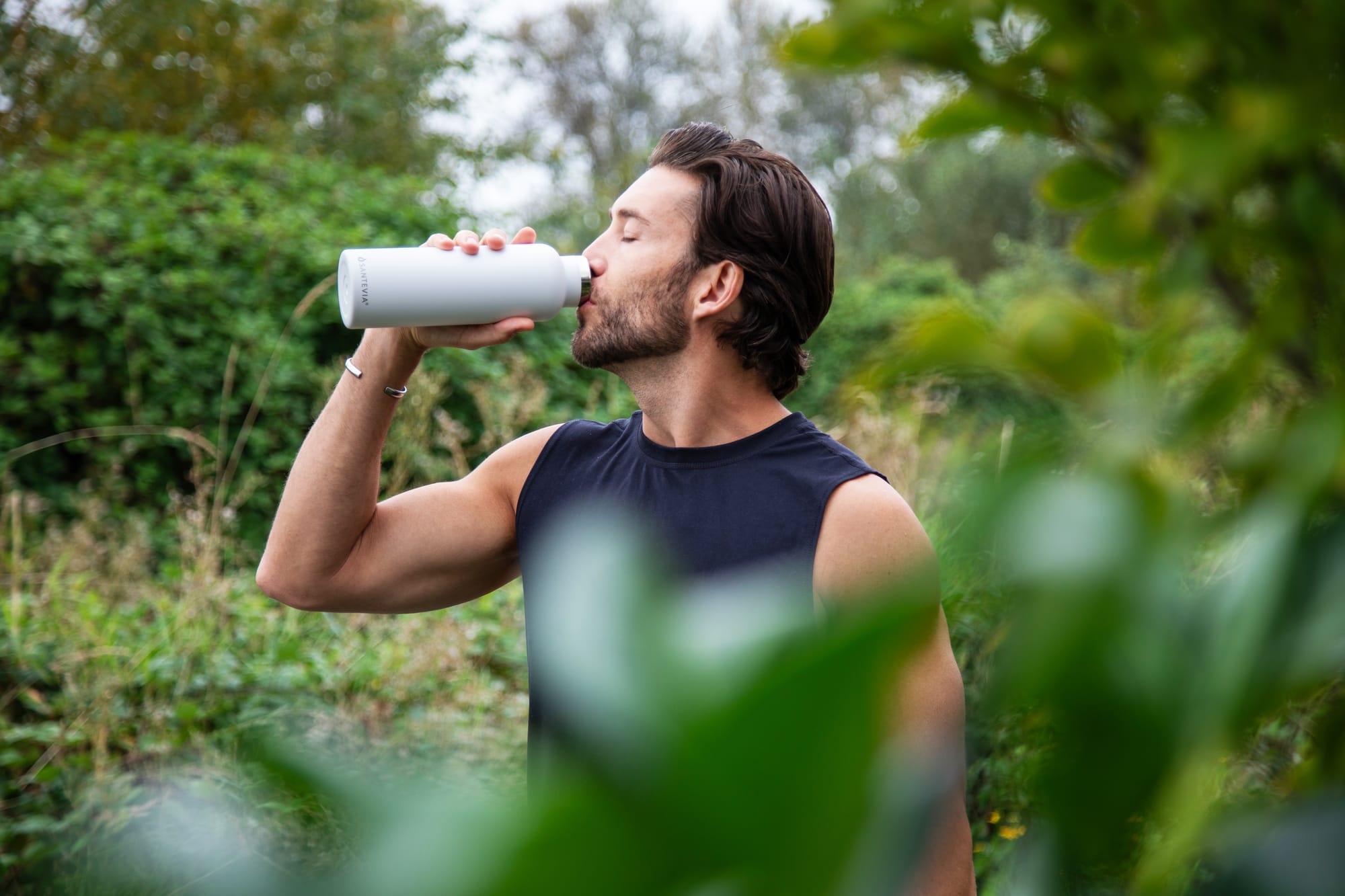How Much Chlorine Is Added To Tap Water?
Chlorine in tap water varies by city, impacting taste and safety. Discover why chlorine levels differ across regions and what it means for your health.
Why Chlorine Levels in Tap Water Vary
When you pour a glass of tap water, you might wonder if it’s exactly the same as water from another city. Chlorine levels, essential for keeping water safe, can vary significantly depending on location. Understanding these differences can help you make informed choices about water quality and filtration.
How Much Chlorine Is in Tap Water?
The Environmental Protection Agency (EPA) sets a maximum safe chlorine limit at 4 milligrams per liter for drinking water. This guideline ensures that chlorine effectively disinfects water without causing harm to consumers. However, each region’s water treatment facilities may adjust chlorine levels based on local needs, meaning that your water might have a different amount of chlorine than water from another city.
Why Do Chlorine Levels Differ?
Several factors affect chlorine levels in different water systems, including:
- Local Water Source: The origin of the water, such as rivers, lakes, or underground reservoirs, can influence chlorine needs. Surface water, for example, often contains more bacteria than groundwater, requiring higher chlorine levels.
- Bacterial Levels: Areas with higher natural bacteria levels in their water source will need increased chlorine for effective disinfection.
- Seasonal Changes: Warmer temperatures in spring and summer often lead to higher bacterial growth, so chlorine levels may rise during these times.
- System Maintenance: Water treatment facilities may adjust chlorine levels depending on maintenance schedules, water usage patterns, and infrastructure updates.
This variability means that chlorine levels in your tap water may fluctuate throughout the year, affecting taste and odor.

Health Risks of High and Low Chlorine Levels
While chlorine is crucial for water safety, too much or too little can introduce health concerns:
- High Chlorine Levels: Excess chlorine can give water an unpleasant taste and odor, and in some cases, cause eye and skin irritation.
- Low Chlorine Levels: Insufficient chlorine may not fully disinfect the water, leading to potential health risks from harmful bacteria and pathogens.
Keeping chlorine levels balanced is critical, but it’s not always possible to maintain an ideal level consistently. Regular monitoring by water authorities aims to minimize risks, yet changes in taste or smell can sometimes alert you to fluctuations.
Choosing the Right Water Filter for Chlorine Reduction
For those sensitive to chlorine’s taste or odor, or anyone concerned about fluctuating chlorine levels, using a water filter can be a smart choice. Santevia’s water filters, for example, use activated carbon to effectively reduce chlorine while adding back in essential minerals. Activated carbon filters are known for their ability to absorb impurities, and with added mineralization, Santevia’s products ensure that water is not only clean but also infused with healthy minerals!

